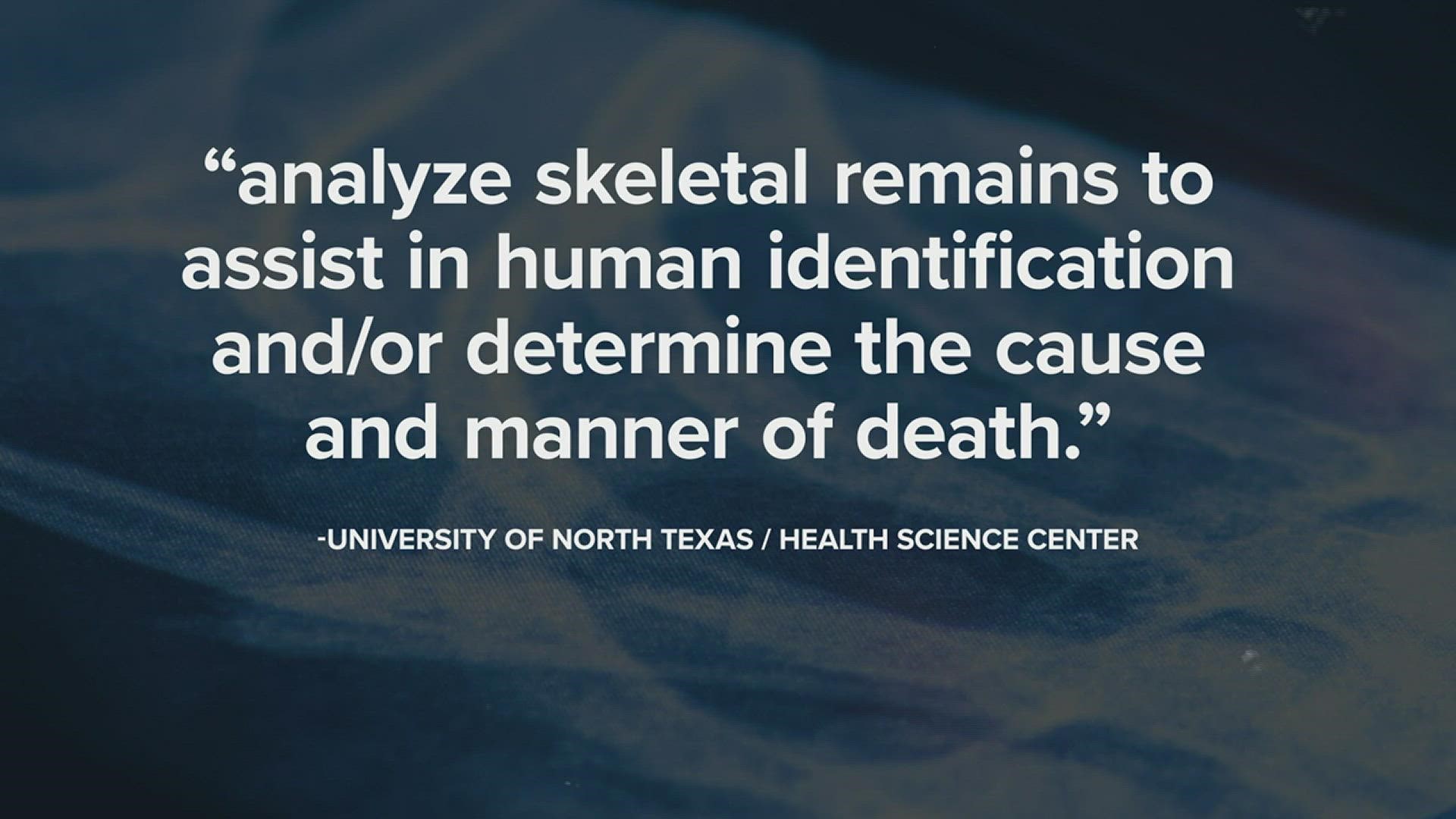PORT NECHES, Texas — Officials believe it could takes weeks or even months to identify human remains that were found in a canal along Texas Highway 73 near Memorial Boulevard.
On August 10, 2022, while searching for a missing Port Arthur man, divers found bones that police believe could belong to a Port Neches person who went missing more than 14 years ago.
The bones were found in a red 1993 Acura sedan. That is the same car Adrian Lozoya was driving when he was reported missing out of the Mid County area.
While Lozoya lived in Port Neches at the time of his disappearance, he was last seen in Port Arthur. Lozoya was last seen leaving an IHOP restaurant located in the 8600 block of Memorial Boulevard on May 4, 2008, according to the Charley Project website.
Lozoya was 25 at the time of his disappearance. At this time, police are not sure if the remains belong to Lozoya.
The remains will be sent to the University of North Texas center for identification. Mark Ingraham is the associate director of the forensic anthropology unit.
"The center has a couple of different functions,” Ingraham said.
Ingraham’s unit analyzes skeletal remains to assist in human identification and/or determine the cause and manner of death. In 2021, the unit analyzed 197 cases.
Ingraham and his team will now add another case to their load after the August 10 discovery.
"DNA identifications when we're dealing with skeletal remains are challenging,” Ingraham said. “There's a reason most laboratories do not process degraded skeletal remains."
Port Arthur Police work will play an important role in helping to identify the remains. Police will pass along the presumed identity, previous DNA samples, medical records and dental records that will then lead them to a decision.
Ingraham's team will not make the legal identification. Once they make their determination, they pass it back to area authorities.
"So in your case, it would be the justice of the peace who formally puts the name on the death certificate, and that becomes the legal identification,” Ingraham said.
The University of North Texas lab is funded by the state and comes at no direct cost to local law enforcement agencies. Ingraham urges agencies and investigators to use the resource to help identify potential missing persons.

